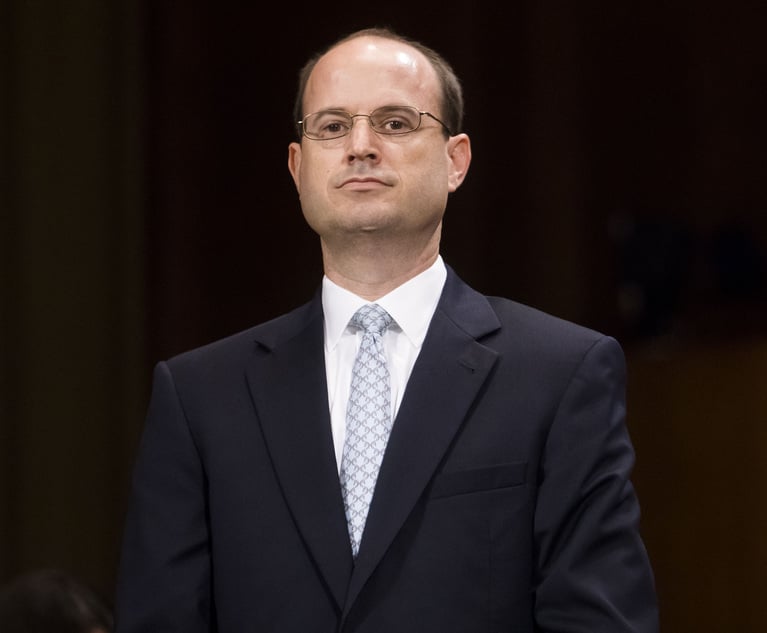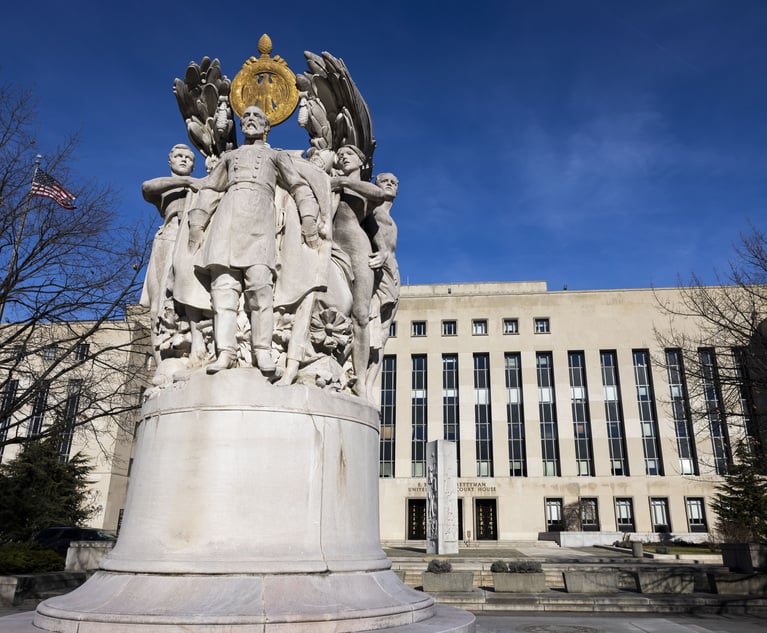Florida lawmakers could further carve up the use of voter-approved conservation money, after a Leon County circuit judge this month rejected a challenge by environmental groups to how money has been spent.
The Senate Environment and Natural Resources Committee on Tuesday approved a measure (SB 1400) that would provide $20 million a year to help protect the headwaters of several waterways in Central Florida.
The bill would help carry out a 2017 law known as the Heartland Headwaters Protection and Sustainability Act, which was designed to protect the headwaters of the Alafia, Hillsborough, Kissimmee, Ocklawaha, Peace and Withlacoochee Rivers in the Green Swamp and Polk County. The bill points, at least in part, to concerns about future water supplies in the region.
Critics contend the money could be broadly used under the bill, going beyond the intent of a 2014 voter-approved constitutional amendment that called for purchasing and protecting sensitive lands.
“There could be a preference (under the bill) for what we consider gray infrastructure, pipes and pumps for drinking water and wastewater and stormwater infrastructure,” said Lindsay Cross, a lobbyist for Florida Conservation Voters.
Sen. Ben Albritton, a Wauchula Republican who chairs the Agriculture, Environment, and General Government Appropriations Subcommittee, said the intent of the proposal is to protect the environment.
“We should have a discussion about … figuring out how to create additional water, potable water sources in the area,” Albritton said. “I would certainly be supportive of using part of this $20 million to do that, because if you can do that, then you’re drawing less on the aquifer and you’re protecting the aquifer in the future.”
Meanwhile, Natalie Fausel, a lobbyist for Polk County, said the money would provide local governments a level of stability in planning water projects.
“It allows Polk County and these municipalities, with their comprehensive strategy that they’ve developed for the water resources in their region, to prioritize those projects,” Fausel said.
Under the 2014 constitutional amendment, a portion of documentary-stamp tax money from real-estate purchases goes to the state’s Land Acquisition Trust Fund each year to aid with conservation projects. State economists in August projected the fund will receive $1.26 billion in the current fiscal year. Of that, $136 million is committed to debt payments.
In past sessions, lawmakers have earmarked annual spending from the fund to include about $200 million for Everglades protection; $64 million for a reservoir project in the Everglades Agricultural Area; $50 million for the state’s natural springs; and $5 million for Lake Apopka.
But environmental groups filed a lawsuit in 2015 alleging that lawmakers had improperly spent money on issues such as agency expenses. On Jan. 3, Leon County Circuit Judge Layne Smith rejected the lawsuit, saying it was moot as the funds had already been spent.
Environmental groups last week filed motions for reconsideration of the ruling.
David Cullen, a lobbyist for the Sierra Club, said Tuesday the Heartland proposal before the Senate committee is an example of why the lawsuit was filed.
“When you look at the Heartland Protection and Sustainability Act, the $20 million annually could be used for these kinds of projects, drinking water supply, wastewater, stormwater and flood control, environmental restoration and conservation,” Cullen said. “Clearly, the first three, drinking water supply, stormwater and flood control and wastewater, do not fit within the categories that I laid out.”
Jim Turner reports for the News Service of Florida.
NOT FOR REPRINT
© 2024 ALM Global, LLC, All Rights Reserved. Request academic re-use from www.copyright.com. All other uses, submit a request to [email protected]. For more information visit Asset & Logo Licensing.


 Leon County Circuit Court Judge J. Layne Smith. Courtesy photo
Leon County Circuit Court Judge J. Layne Smith. Courtesy photo




